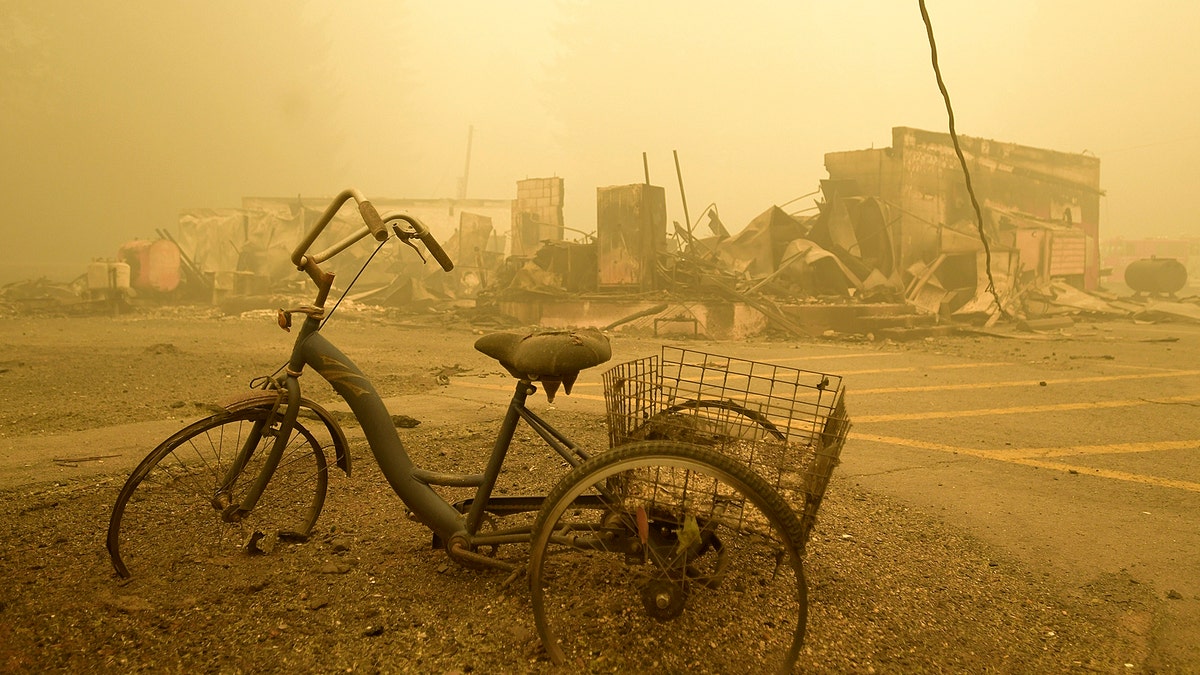A recent Oregon jury verdict underscores the escalating financial and legal vulnerabilities confronting power companies failing to implement sufficient preventative measures in our increasingly hotter and drier climate. The verdict, which holds the utility responsible for widespread wildfire damage, potentially amounting to billions of dollars, serves as a stark reminder of the consequences of inaction.
Utilities, especially in the western United States, are grappling with a self-inflicted financial predicament. The protracted and expensive task of modernizing, replacing, and in some cases burying power lines has often been delayed. This procrastination has left them vulnerable to the growing destructiveness of wildfires and a corresponding surge in lawsuits alleging their equipment as the ignition source.
Experts like Josh Hacker, chief science officer at Jupiter Intelligence, highlight the immense challenge utilities face in balancing the costs of wildfire-related litigation with the necessary grid hardening to prevent future power outages. "The question becomes, how can they afford both the lawsuit damages and the essential grid improvements to avoid continuous power shutdowns?" Hacker points out. This dilemma, he argues, ultimately impacts everyone, as utilities will inevitably pass these costs onto consumers.
The Oregon jury's decision stems from the utility's failure to de-energize its lines during a high-wind event over Labor Day weekend, despite explicit warnings from fire officials. The resulting fires, among the most devastating in Oregon's history, claimed nine lives, scorched over 1,875 square miles, and destroyed upwards of 5,000 structures. While the final damage tally is still pending, it is projected to reach billions of dollars. The power company has expressed its disappointment with the verdict and plans to appeal.
The financial burden of infrastructure upgrades often falls on customers through rate hikes. For example, California's Pacific Gas and Electric (PG&E) has proposed an 18% rate increase for residential customers this year, partially to fund burying over 3,000 miles of overhead power lines. A final decision from the state's public utilities commission is expected later this year.
PG&E's proposed upgrades follow intense scrutiny after the 2018 Camp Fire, the deadliest and most destructive in California history, which was attributed to the utility’s neglected equipment. The resulting bankruptcy settlement with wildfire victims reached a staggering $13.5 billion, half paid in cash and half in PG&E stock, which has subsequently decreased in value.
Since the 2020 Labor Day fires, PacifiCorp claims to have invested hundreds of millions of dollars in equipment upgrades and expanded weather monitoring capabilities. These investments are partially funded by customers through approved rate increases, covering "non-energy costs" such as wildfire mitigation and vegetation management.

A trike stands near the burnt remains of a building destroyed by a wildfire near the Lake Detroit Market in Detroit, Oregon, on Sept. 11, 2020. (Mark Ylen/Albany Democrat-Herald via AP, File)
The revenue model of utilities, coupled with past wildfire settlement practices, has raised concerns about the true extent of accountability for their role in igniting these disasters. Scott McNutt, a lecturer in bankruptcy law at UC Davis and former counsel in the PG&E bankruptcy case, questions the prioritization of public safety and system durability within profit-driven enterprises.
Utilities often attribute the escalating wildfire risk to factors beyond their control, such as climate change and increased development near wildland areas. Following the recent verdict, PacifiCorp emphasized that these systemic issues affect all Oregonians and transcend any single utility.
While acknowledging these broader factors, experts also stress that grid hardening is just one piece of a multifaceted solution. Michael Gollner, an engineering professor at UC Berkeley, advocates for a more holistic approach to community hardening. This includes using fire-resistant building materials, creating defensible spaces around homes, and implementing prescribed burns and forest thinning. "We need to go beyond focusing solely on power companies and take comprehensive steps to make our communities less susceptible to wildfires," Gollner argues. He believes more needs to be done to prevent fires from becoming catastrophic events.
Comments(0)
Top Comments